|
The Safety Concerns of Decaf Coffee
In the recent article titled "Activist Groups Challenge Safety of Decaf Coffee," environmental health advocacy groups have raised significant concerns about the use of methylene chloride in the decaffeination process of coffee. Methylene chloride is a solvent linked to cancer risks, but it is still permitted in decaffeinated coffee production under current FDA regulations, as long as the residue levels do not exceed 10 parts per million. We already know that methylene chloride exposure at high doses can be deadly. I was quoted in the article discussing the lesser-known risks of methylene chloride, noting that the EPA banned its use in certain applications like paint stripping due to its high toxicity and associated fatalities from exposure. This raises further questions about its safety in food products, although these are at low doses. The article highlights the findings from laboratory animal studies suggesting that chronic exposure to methylene chloride could potentially lead to cancer. Despite these findings, the coffee industry maintains that decaffeinated coffee produced using methylene chloride is safe, citing that the levels found in coffee are significantly below the FDA's safety threshold. Still, using this chemical in decaffeination can be avoided. There are safer and effective methods such as the Swiss water process or the CO2 process, which do not involve methylene chloride. Choosing these methods can help reduce potential low-level exposure in consumers, and can also help protect workers in the coffee industry. In conclusion, while the coffee industry assures the safety of methylene chloride in decaffeinated coffee, environmental health groups and some experts in the field advocate for caution and recommend choosing decaffeination methods that do not use this chemical. This issue not only affects consumers but also poses a risk to workers in the coffee production industry who may be exposed to higher levels of this toxic chemical.
0 Comments
In the face of widespread health misinformation, our new paper titled "Lights, Facts, and Goals: A Novel Framework to Enhance Community Health Messaging Campaign Design" introduces a strategic approach to improve public health communication. Authored by our medical student James S. Brooks (who also is the author of the extraordinary book Leadership in Modern War), this paper addresses the critical need for effective health messaging frameworks that resonate with community members and encourage positive health behaviors. The Challenge of Health Misinformation The paper begins by highlighting the challenges posed by health misinformation, which was exacerbated by the COVID-19 pandemic. Misinformation can undermine public health efforts and lead to poor health outcomes. We emphasize the importance of trusted messengers and community-based organizations (CBOs) in disseminating accurate health information. Introducing the "Lights, Facts, and Goals" Framework To combat misinformation and enhance health communication, we propose the "Lights, Facts, and Goals" framework. This framework is designed to be simple, authentic, and transparent, making it an effective tool for planning, implementing, and assessing health messaging campaigns.
Implementation and Assessment The framework emphasizes starting with clear goals, aligning facts to support these goals, and choosing the best methods ("lights") to communicate the information. It also includes strategies for both short-term and long-term assessment of the campaign's impact on community health behaviors and outcomes. Empowering Communities A significant aspect of the "Lights, Facts, and Goals" framework is its focus on empowering communities by involving them in the creation and dissemination of health messages. This approach not only enhances the relevance and impact of the information but also builds trust within the community. Our Conclusion "Lights, Facts, and Goals" offers a structured yet flexible approach to health communication, tailored to meet the specific needs of different communities. By focusing on trusted messengers and clear, actionable information, this framework aims to improve public health outcomes and combat the pervasive issue of health misinformation. We intend that this paper will be a valuable resource for public health officials, policymakers, and community leaders seeking to enhance the effectiveness of health messaging in their communities. Citation: Brooks JS, Claudio L, Araya F, Idris MY, Pierre K, Korin M. Lights, Facts, and Goals: A novel framework to enhance community health messaging campaign design, implementation, and assessment. Health Promotion Practice 2023 https://doi.org/10.1177/15248399231209028
 In an interesting study published on February 28 in Environmental Science & Technology Letters, researchers from China discovered a simple yet potentially effective method to significantly reduce the presence of nano- and microplastics (NMPs) in drinking water. By boiling mineral-rich water for just five minutes, individuals can decrease their exposure to NMPs by up to 90%. This finding is particularly crucial as scientists are only beginning to unravel the health risks associated with microplastic exposure, which includes potential oxidative stress, inflammation, insulin resistance, and liver issues. NMPs, tiny plastic particles as small as one-thousandth of a millimeter in diameter, have been detected in various products and tap water. The study's method involves boiling water, which, when rich in minerals like calcium, leads to the formation of a chalk-like residue known as limescale or calcium carbonate (CaCO3). According to the study, this residue can trap microplastics, which are then removed by filtering the water through a standard coffee filter. The effectiveness of this method is particularly pronounced in harder water, where the formation of more mineral solids results in the trapping of more microplastics. Dr. Anja Brandon, PhD, Associate Director of U.S. Plastics Policy at Ocean Conservancy and an environmental engineer not involved in the study, highlighted the importance of water hardness in the effectiveness of this microplastic removal method. Microplastics are found in tap water primarily due to wastewater and surface runoff, posing a challenge for traditional water treatment plants that are unable to eliminate NMPs from drinking water. While advanced water filtration systems can capture and remove some tiny plastic bits, such technologies are not available in developing or underdeveloped countries, making the boiling method a viable and accessible solution for many. In a summary article published in Healthline, I emphasized the cultural significance of boiling water before drinking as an old practice that can help reduce environmental exposures to infectious agents in the developing world. I also provided practical advice for those looking to implement this method, recommending boiling water in a glass pot, allowing it to cool without stirring, and then filtering or carefully pouring out the water into a glass jar while living untouched the chalky bottom residue, which would presumably contain the precipitated microplastics that settle at the bottom. I want to emphasize that this is only a partial solution to the issue of microplastics in the environment. This once again puts the burden of reducing exposure onto individuals and does nothing for the continued extreme contamination caused by the exorbitant production, use, and waste of plastics into the environment caused by corporations. To summarize, boiling and filtering tap water presents a simple and potentially effective way to dramatically lower the amount of microplastics consumed by individuals whose tap water has high level of minerals. As research continues to shed light on the health risks associated with microplastic exposure, this study offers a practical solution for individuals seeking to reduce their exposure and protect their health. However, it does nothing to address the uncontrolled production and release of microplastics into the environment, which produces exposure through other media such as in the food supply and the air. More needs to be done at the policy level to reduce plastics in the environment and promote remediation. The publication "Higher Education Leadership for Democracy, Sustainability, and Social Justice" emerged from a global forum organized by the Council of Europe, the International Consortium for Higher Education, Civic Responsibility and Democracy, the Organization of American States, and the International Association of Universities at Dublin City University in June 2022. It addresses the challenges of Covid-19, which have exposed and contributed to the fragility of democracy, the deepening of extreme inequities, and the rise of populist anti-intellectualism. The book emphasizes the interconnectedness of democracy, sustainability, and social justice, asserting that higher education must not only generate knowledge but also influence individual and societal behavior. It argues that higher education institutions are uniquely positioned to understand history, drive innovation, and create a knowledge project for the broader social good. The book underscores the importance of leadership in higher education and its role in promoting democracy, sustainability, and social justice. In Part III of the book, we contributed the chapter: Generational Environmental Justice in Climate Change and Sustainability Education. In it, we present our experience with training programs and their impact in providing education and mentoring to the next generation of professionals in environmental medicine. We demonstrate that these programs are important because they address a fundamental issue that is not often openly discussed: young people will bear the brunt of climate change, thus signifying a generational environmental injustice. This unfairness must be acknowledged by earlier generations who have not done enough to prevent the upcoming calamity of climate change, knowing that it will affect future generations. We must provide young people with every tool necessary to fight this generational environmental injustice. Citation: Claudio L, Rodriguez-Baez R. (2023) Generational environmental justice in climate change and sustainability education. In: Higher Education Leadership for Democracy, Sustainability and Social Justice. Sjur Bergan, Ira Harkavy and Ronaldo Munck (eds) Council of Europe Higher Education, Series No. 26. ISBN 978-92-871-9373-5
Our study looked at how different factors affect the quality of life related to health among adults in Puerto Rico in 2019. Puerto Rico, a territory of the United States, faces many problems like poverty, a weak healthcare system, poor infrastructure, financial crisis, and the risk of natural disasters exacerbated by climate change. These issues impact the health and well-being of its people, but there hasn't been much research on this. We used data from a large survey (4,944 adults) to understand how factors like age, income, and health conditions are linked to health-related quality of life, a standardized metric used by the Centers for Disease Control and Prevention. Not surprisingly, the data showed that having chronic health conditions, being older, and having a lower income were all linked to worse health-related quality of life. Specifically, as people had more chronic health conditions, they reported worse overall health, more physical and mental health problems, and more limitations in their daily activities. Interestingly, while older age was generally linked to poorer health-related quality of life, younger people reported more mental health issues. The study's findings are concerning because they show that the health-related quality of life in Puerto Rico hasn't improved since the last time it was measured. The situation might be getting worse due to the decline in healthcare services following natural disasters and the national economic crisis. The research suggests that there should be specific programs and continuous monitoring to help those who are most at risk, like people with chronic and mental health conditions, the elderly, and those with low income, to improve health equality in Puerto Rico. Citation: Frontera-Escudero, I., Bartolomei, J.A., Rodríguez-Putnam, A. Claudio, L. Sociodemographic and health risk factors associated with health-related quality of life among adults living in Puerto Rico in 2019: a cross-sectional study. BMC Public Health 23, 2150 (2023). https://doi.org/10.1186/s12889-023-17115-3
Residents have long blamed the smoke stacks for high asthma rates, but fresh air may be coming. Gov. Kathy Hochul unveiled three offshore wind and 22 land-based renewable energy projects to power 2.6 million New York homes. Clean energy conversion at Ravenswood Generating Station is one of them. The Queens area is called “asthma alley.” Queensbridge has been home to Noel Merritt since the 1970s. He blames plant particles for his asthma. “There was a thick acrid smell that was constantly bombarding us,” Merritt told News 12 New York. “The teacher opened the windows in school. He recalled that she closed the windows when she heard three long horns, so we couldn't go to recess, but when she heard three small horns, she opened them. According to Public Health Solutions, Ravenswood and Queensbridge have 235.4 asthma-related hospitalizations per 10,000 children ages 5 to 17, compared to 115.4 in Astoria and 76.8 in Hunter's Point, Sunnyside, and Maspeth. Mount Sinai environmental medicine expert Dr. Luz Claudio calls this environmental injustice. This is what many NYC communities with higher asthma prevalence have in common. Environmental injustice stems from low-income neighborhoods, marginalized populations being burdened with facilities that generate pollutants, especially air pollution. This applies to several electricity plants, Claudio added. But there is currently an opportunity to reduce this burden, she said. One company greening this fossil fuel facility is Rise Light and Power. In a statement to News 12, it said: "Attentive Energy One appreciates Governor Hochul and NYSERDA President and CEO Doreen Harris for their work in implementing New York's nation-leading Climate Act. The 1.4 GW project will alter the City and State, incorporating environmental justice community input and ensuring a just transition for union workers. Attentive Energy One will retire and replace fossil fuel generation at Ravenswood Generating Station, New York City's largest power plant, with offshore wind, reducing emissions and retraining vital workers for the green economy. Attentive Energy One builds support, incorporates feedback, and meets statewide community requirements throughout project development. We appreciate the faith and support of so many partners and look forward to delivering this project for New Yorkers." This state award will only eliminate one of Ravenswood's three smokestacks; future contracts will remove the rest. Everyone, even Merritt, agrees it's a good start. He remarked, “As far as the Queensbridge community is concerned, I honestly feel my contribution standing out against these smokestacks will benefit future residents years, years after I'm gone.” Gov. Hochul claims this clean energy initiative will create jobs. Local organizations are fighting to give Ravenswood jobs to NYCHA members who have been affected by the facility. You can view the newscast here: More than half of the world's population live in urban areas, and most children spend about 40 hours a week at school. We conducted a systematic review of 28 studies to assess the impact of exposure to green or blue spaces on child neurodevelopment. We found that most studies focused on cognitive and academic performance, with passive exposure to green/blue spaces studied more than active exposure. The results show mixed evidence of a protective relationship between exposure to green/blue spaces and neurodevelopment, with some improvements seen in cognitive/academic performance, attention restoration, behavior, and impulsivity. Renaturalizing school spaces and promoting greener school environments could help improve children's neurodevelopment. However, there was great variation in the methodologies and adjustment for confounding factors across studies, suggesting a need for a standardized approach to delivering school environmental health interventions to benefit children's development. Citation: Diaz-Martinez F, Sanchez-Sauco MF, Cabrera-Rivera LT, Ojeda Sanchez C, Hidalgo-Albadalejo MD, Claudio L, Ortega-Garcia JA. Systematic Review: Neurodevelopmental benefits of active/passive school exposure to green and/or blue spaces in children and adolescents. Int J Environ Res Public Health 2023, 20 (5) 3958.
Social Inequities Hurt Babies' Hearts Our recent paper is the featured article of the April 2023 issue of the journal Pediatric Research. Here's a summary: This commentary highlights the critical link between social determinants of health and the prevalence of congenital heart disease, a common condition among newborns. The research suggests that children from low-income families, particularly those living in low- and middle-income countries, are more likely to be affected by this condition due to factors such as exposure to air pollutants from cooking stoves and cigarettes. The paper highlights the impact of environmental and socioeconomic factors on the health of children, particularly those who are socioeconomically disadvantaged, and provides compelling evidence for the need for preventive action. The research sheds light on the disproportionate burden that low-income families endure around the world and highlights the need for urgent action to address preventable environmental and socioeconomic inequities that lead to health disparities. The study underscores the potential beneficial impacts of two interventions: 1) investing in clean cooking fuels and efficient cooking stoves to reduce exposure to indoor air pollution, and 2) the need for smoking cessation programs to help pregnant women quit smoking. Ultimately, the study's findings underscore the need for a multi-sectoral approach that addresses the social determinants of health and promotes health equity, particularly among children. Citation: Claudio L, Ortega-García JA, Rodríguez Villamizar LA. Social inequities hurt babies' hearts: a commentary on Forero-Manzano, MJ, et al. Pediatr Res. 2022 Dec 2. doi: 10.1038/s41390-022-02363-7. Epub ahead of print. Pediatr Res. 2023 Feb 17;: PMID: 36460740.
Korin MR, Araya F, Idris MY, Brown H, Claudio L. Community-based Organizations as effective partners in the battle against misinformation. Front Public Health 15 March 2022. https://doi.org/10.3389/fpubh.2022.853736 SUMMARY: Misinformation has real-world implications on population health in today's fast-changing pandemic environment. Traditionally, professional middlemen such as reporters and formal media outlets were placed between information creators and the public. We no longer have these intermediates, allowing disinformation to spread. Public health information is frequently not customized to the needs of those most at risk, exacerbating health inequities and increasing suspicion and skepticism.
While public health authorities sometimes employ community-based organizations (CBOs) for outreach activities, they lose opportunities to actively engage them in all phases of the Health Communication Cycle. Fighting the infodemic requires many steps, including understanding what information is required, producing suitable and relevant messages, and sharing these messages in ways that are tailored to the recipients. Community-based organizations are already trustworthy bodies thoroughly engaged in the communities they serve and can help counteract disinformation. As a result of their unique and intangible characteristics and inroads in the communities they serve, CBOs are ideally positioned to play an active part in the health communication cycle, encouraging health equality. Thus, to successfully communicate and fight against health misinformation, particularly in groups with deep-seated mistrust or inadequate health literacy, we must incorporate and engage CBOs in all parts of health communication. In this new opinion paper, co-written by our research team and our community partners, we provide background to support engaging CBOs in addressing health literacy and ehealth equity. In the News: Air Pollution Linked to Increased Risk of Autoimmune DiseasesAir contaminated by traffic fumes, dust, soot, and smoke may make you more likely to develop rheumatoid arthritis and other autoimmune conditions, a new study suggests.
By Lisa Rapaport March 17, 2022 Car exhaust and other airborne contaminants have long been connected to heart and lung ailments, as well as rheumatoid arthritis, an immune system disorder that causes chronic swelling and joint pain. Our own studies have shown the relationship with indicators of cognitive deficiencies in children. In a study I reviewed, researchers from the University of Verona, Italy, reviewed medical records of over 81,000 elderly Italians treated by over 3,500 clinicians. They looked at the association between particulate of less than 2.5 micrometers in diameter that can come from burning gasoline, oil, and wood. Particulate matter (PM) is also a term used to describe dust from construction, agriculture, landfills and wildfires. They found that 12% of the patients had an autoimmune illness during the research and that pollution exposure enhanced the likelihood of this diagnosis. Each extra 10 mcg/m3 of average PM10 was related with a 7% increased risk of autoimmune illness. The study revealed that in the study area the average yearly PM2.5 and PM10 exposure levels were 16 and 25 mcg/m3, respectively. The WHO recommends 25 mcg/m3 for PM2.5 and 20 mcg/m3 for PM10. The study found that those with autoimmune illnesses had a 12-13% increased chance of being diagnosed with these diseases if they were exposed to levels higher than the WHO's guidelines. The study shows that air pollution can contribute to autoimmune illnesses, says Luz Claudio, PhD, preventive medicine and public health professor at Mount Sinai's Icahn School of Medicine. In addition to the lungs, Dr. Claudio adds air pollution affects numerous other organs as well. People can't escape filthy air, but they can lobby for stronger environmental standards, Claudio adds. They can also urge for greater monitoring of local air quality. “Having a strong surveillance system in high pollution locations is quite important, especially for vulnerable individuals,” Claudio explains. “On polluted days, individuals should avoid outdoor activities.” |
This section will not be visible in live published website. Below are your current settings: Current Number Of Columns are = 1 Expand Posts Area = 1 Gap/Space Between Posts = 8px Blog Post Style = card Use of custom card colors instead of default colors = 1 Blog Post Card Background Color = current color Blog Post Card Shadow Color = current color Blog Post Card Border Color = current color Publish the website and visit your blog page to see the results AuthorDr. Luz Claudio is an environmental health scientist, mother and consultant, originally from Puerto Rico. She is a tenured professor of environmental medicine and public health. Luz recently published her first book: How to Write and Publish a Scientific Paper: The Step-by-Step Guide. Dr. Claudio has internship programs and resources for young scientists. Opinions expressed in this blog are solely her own and may not reflect her employer's views. Categories
All
|
|
Dr. Luz Claudio
[email protected] |
|
Opinions expressed in this website are solely Dr. Luz Claudio's own and may not reflect her employer's views. None of the information on this website should be taken as medical advice.
© COPYRIGHT 2018. ALL RIGHTS RESERVED.


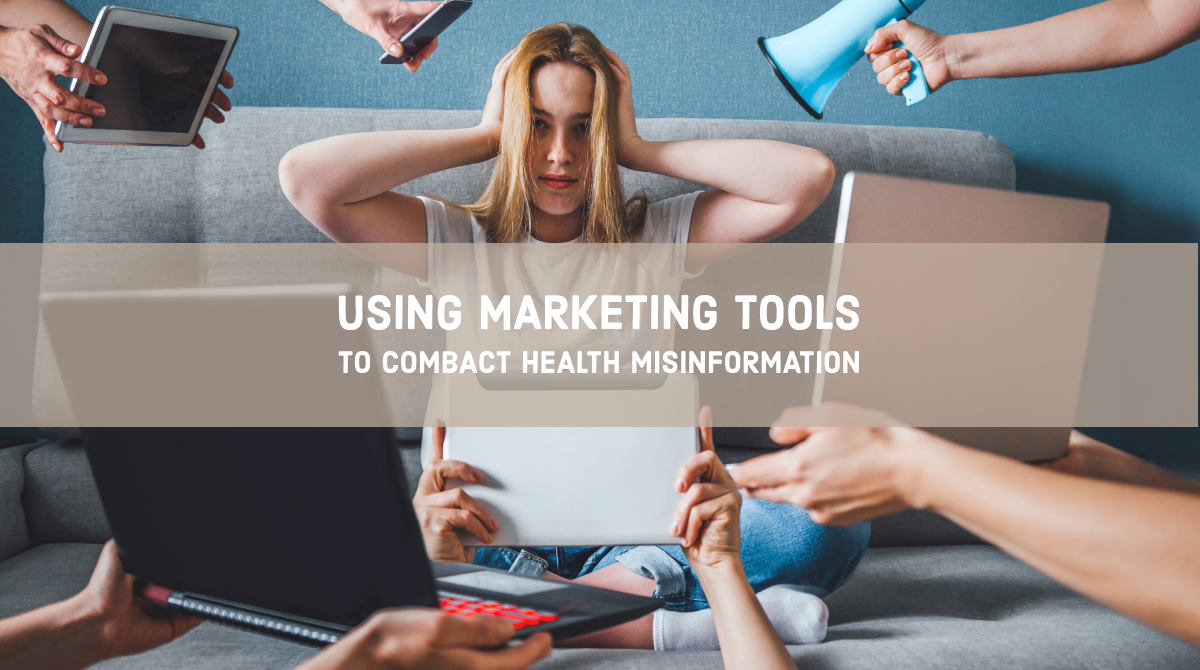
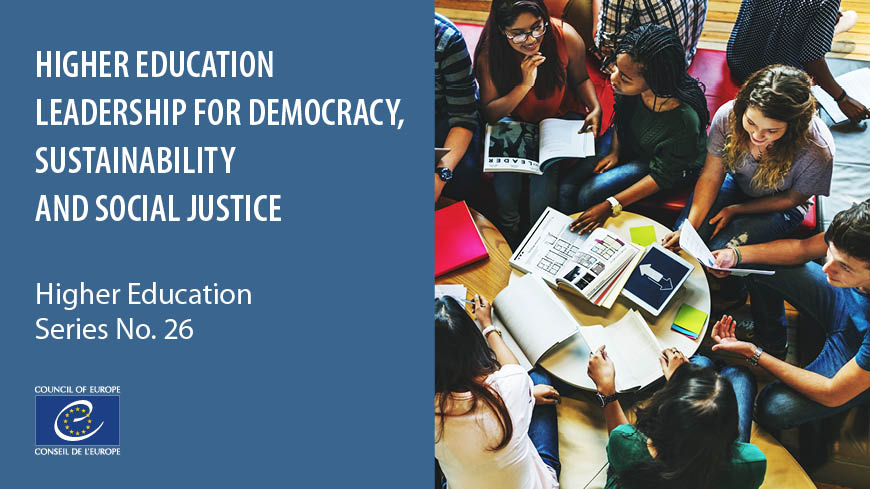
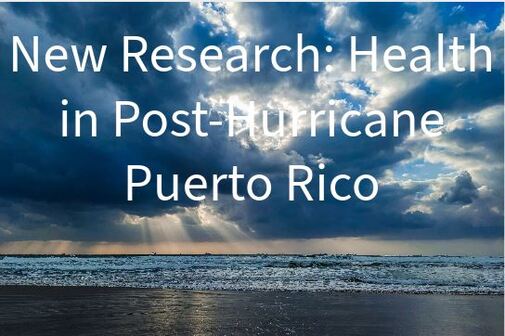

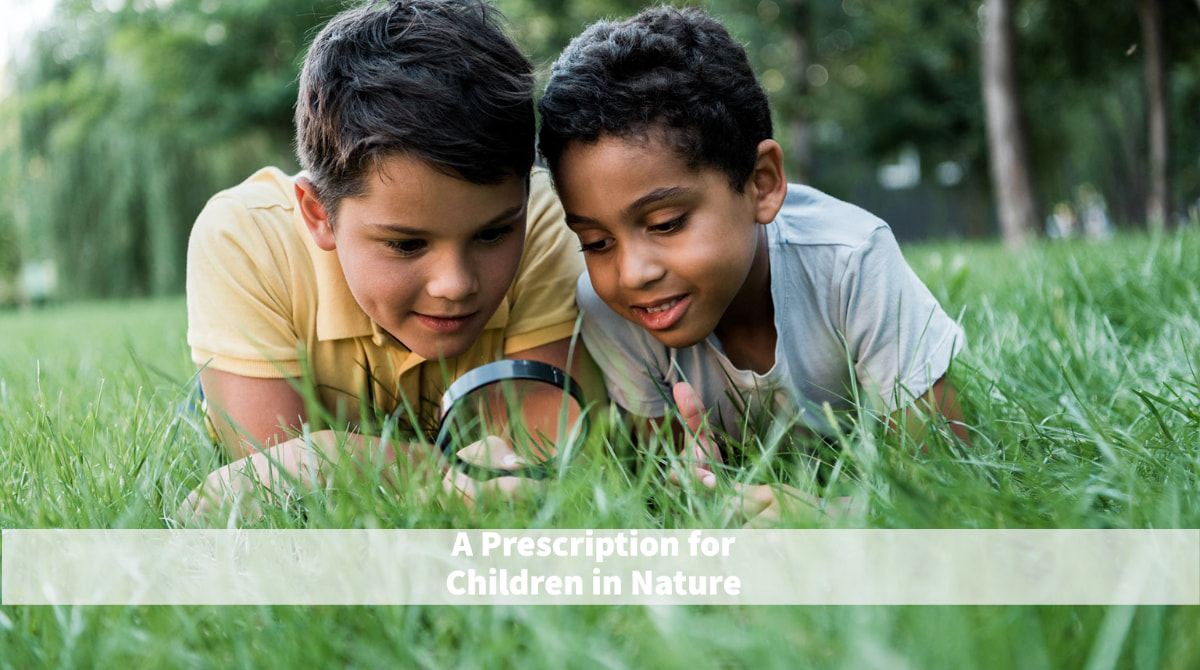



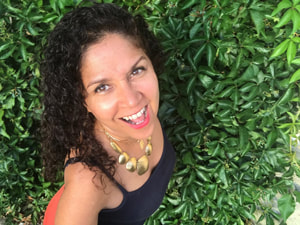
 RSS Feed
RSS Feed